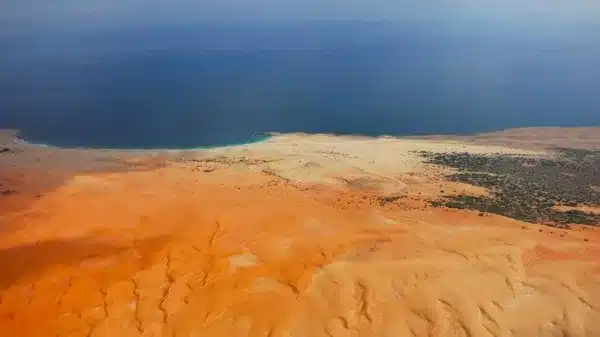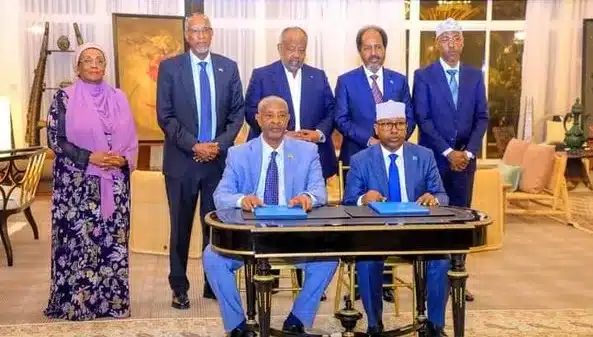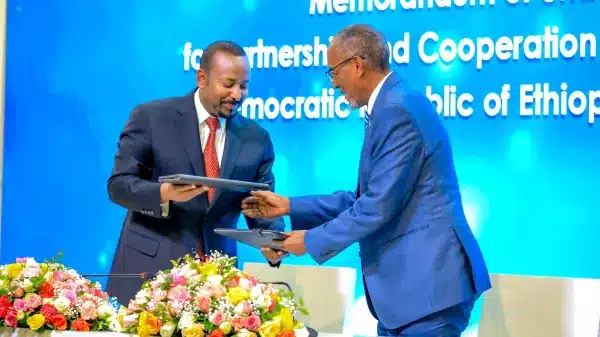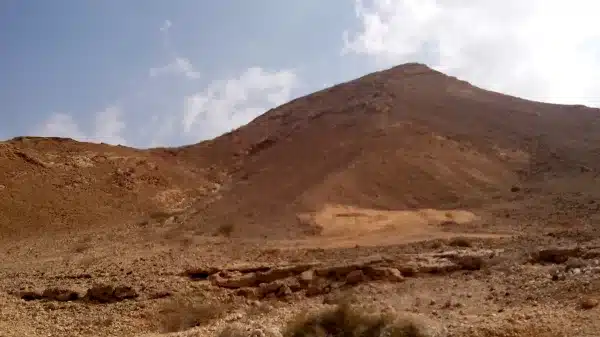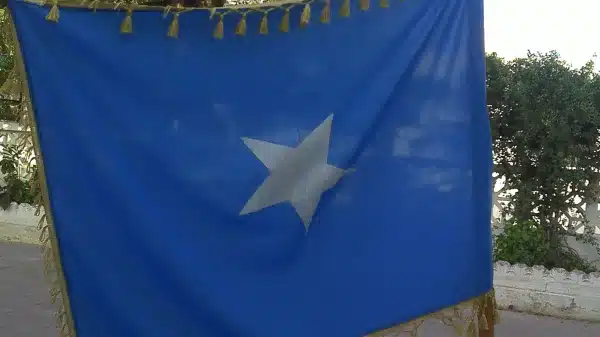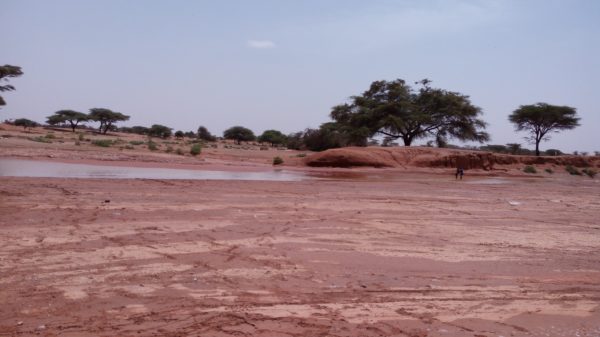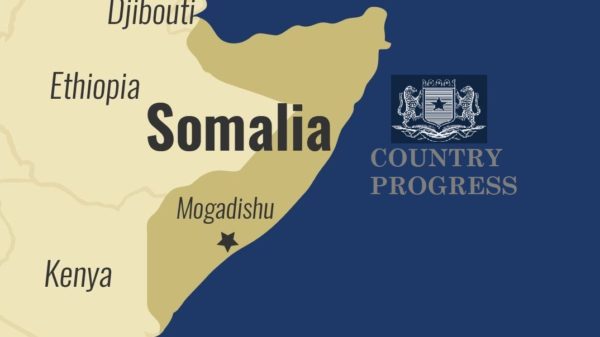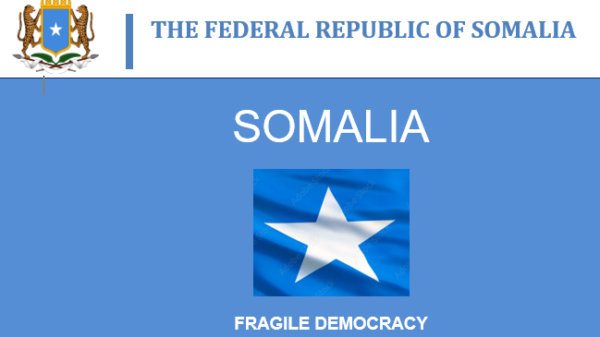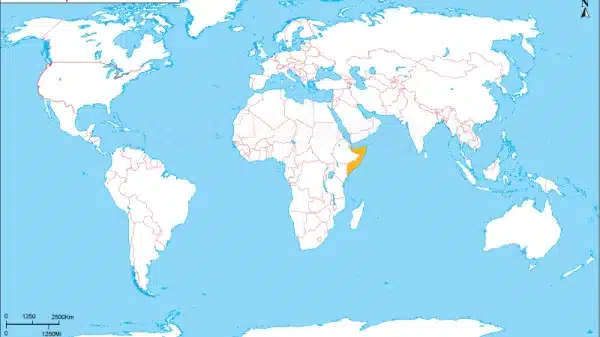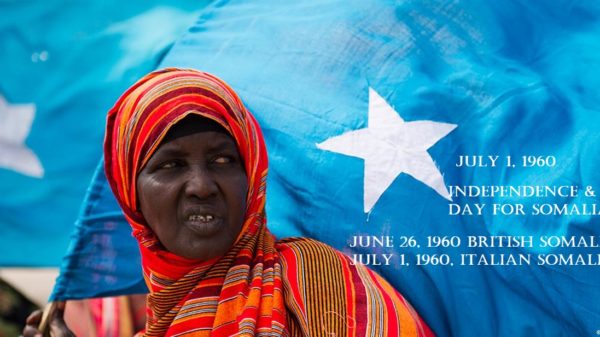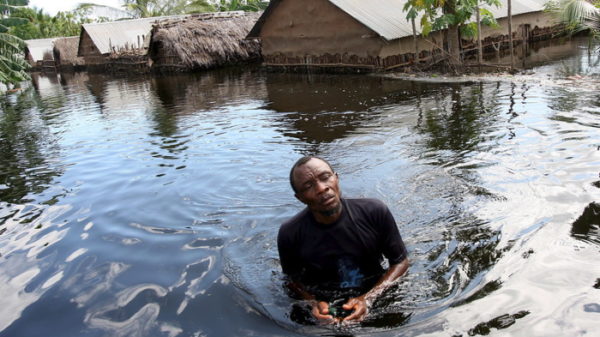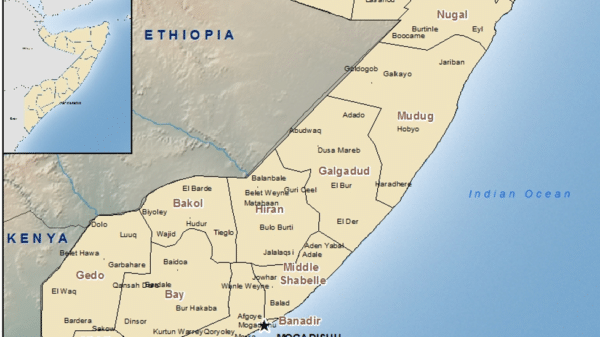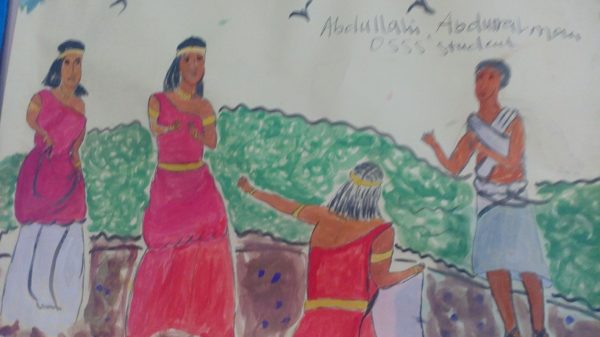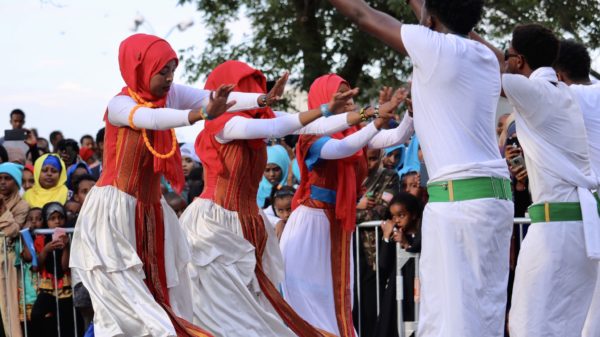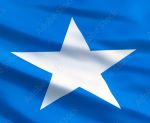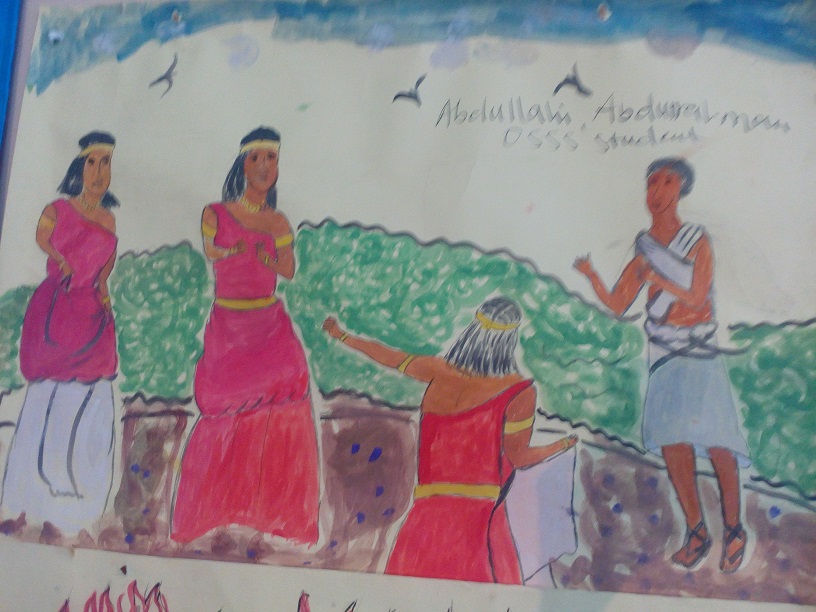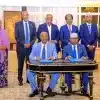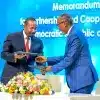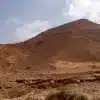The cultural progression of the Somali people unveils the rich legacy of their heritage. To gain a deeper understanding of their past and societal development, it is crucial to explore into the various components that shape their cultural process. This includes aspects like folklore, traditions, language, knowledge, and landscapes, which hold social significance and special values. Somalis have long been known as the “nation of poets”, with a strong tradition of oral storytelling that has been passed down through generations. Through these tales, they teach and inform about social values, norms, behavior, and qualities, thus providing historical and political records that date back centuries.
The ancient traditions of storytelling, poetry, proverbs, folk dancing, and plays still hold great importance in Somali society. These traditions serve as the primary medium through which Somalis define their identity, record their history, express their deepest emotions, and communicate their perspectives. The Somali language, with its rich oral tradition, has been passed down from one generation to another, making it a crucial part of their cultural heritage. It is estimated that over 30 million people worldwide speak the Somali language. While historical records of the Somali language are limited, the formal writing system using Latin characters was introduced by the Somali government on October 21, 1972. This marked the beginning of successful national level mass literacy campaigns in 1973 and 1974, resulting in the highest literacy rate in Somali history, reaching 85 percent.
According to the U.S. Federal Research Division (2010), the literacy campaign was initially implemented in settled areas, followed by a major effort among the nomads starting in August 1974. This program was carried out by more than 20,000 teachers, half of whom were secondary school students whose classes were temporarily suspended. The impact of these campaigns on the Somali population was significant, leading to increased sociopolitical consciousness, improved rural infrastructure, higher school enrollment rates, and relative economic growth.
In this piece, explore deeper into the cultural aspects that define the Somali community. We will explore the Islamic ethos, which is deeply ingrained in their society and closely tied to the Somali national identity. Additionally, we will examine the society’s strong connection to pastoral nomadism. And, finally, we will discuss the complex clan system and social class structure mainly focusing on the construction of social classes and the clan system in Somalia. By thoroughly exploring these topics, shedding light on the intricate and multifaceted Somali identity and the evolution of its cultural dynamics.
Islam and the Somali Identity
Approximately 99 percent of the Somali population adheres to the Islamic faith, specifically the Sunni sect of Islam and the Shafi’i school of Islamic jurisprudence. Islam holds significant importance as the official religion of Somalia and plays a crucial role in shaping the national identity of Somalis, offering a common bond that transcends clan affiliations and diverse cultural backgrounds. Somali Culture homepage, as cited in The Cultural Atlas, notes that Somalis tend to display greater religiosity compared to other Muslim communities in Africa.
The Emergence of Islam in the Western Arabian Peninsula can be traced back to 610 CE, when the Prophet Muhammad, the final messenger in the line of Judeo-Christian prophets, received his first divine revelation from the archangel Gabriel in Arabic. This momentous occasion, marked by the words “Recite in the name of thy Lord…” (Sura 96), laid the foundation for the spread of Islam. Due to the close geographic proximity of the Somali peninsula and Arabia, early Muslim migrants and traders were among the first to introduce the teachings of Islam to the Somali people.
According to historical records, the city of Zeila, located in the northwestern part of the Somali Peninsula, witnessed the arrival of Muslims during the lifetime of the Prophet Muhammad. Among their notable contributions was the construction of the Masjid al-Qiblatayn, meaning “Mosque of the two Qiblahs”. This mosque, built within the first decade of Islam, attests to its historical significance, as the direction of the Qiblah (the sacred shrine of the Kaaba in Mecca, Saudi Arabia) was adjusted accordingly. The Encyclopedia Britannica defines Qiblah, also spelled qibla or kiblah, as the direction toward which Muslims turn during their daily ritual prayer, known as salat, performed five times a day.
Since the first quarter of the 7th century CE, Islam has played a significant role in Somali society, shaping its identity. The exiles of Riddah, who originated mainly from Oman, arrived in Banadir in 632 CE and later spread to the hinterlands via the waterways of the Shabelle and Juba rivers. This migration laid the foundation for early Islamic centers such as Afgoy, Bali, and Harar. While Islam was initially introduced to the Somali peninsula through trade, pilgrimage, and missionaries, it also spread through military conquest.
In 700 CE, Caliph Abdul Malik Ibn Marwan of the Umayyads dispatched an expedition to East Africa to conquer Mogadishu and secure its kharaj, or annual tributes. According to the Historical Dictionary of Somalia by Mohamed Haji Mukhtar, this event marked the Umayyads’ military expedition to Somalia. Another significant event occurred 55 years later when Abu Ja’far al-Mansur, the caliph of the Abbasids, appointed a na’ib, or viceroy, to collect taxes and supervise the teaching of Islam in Mogadishu, further consolidating Islamic authority in the region. Additionally, the Muslims of Bilaad al-Zanji rebelled against the Abbasids in 804 CE, refusing to pay kharja taxation. As a response, Caliph Harun al-Rashid sent a punitive expedition. In 829 CE, Al-Ma’mun, the seventh Abbasid caliph, deployed 50,000 men to crush the secessionist Muslim town of Bilaad al-Zanj and enforce tax payment.
Despite these conflicts, Somalis prospered under the Great Islamic Empire, demonstrating devotion to their religion and a remarkable level of tolerance within Islamic traditions. In 935 CE, Al-Mas’udi, a Muslim traveler-historian, provided a detailed account of the socioeconomic life of Somali cities along the Gulf of Aden and Indian Ocean in his book Muruj al-Dhhahab wa Ma’adin al-Jawhar (The Garden of Gold and Gems), as mentioned in the chronicles of the Historical Dictionary of Somalia.
Pastoral Nomadism and the Somali Identity
The cultural and traditional fabric of the Somali people revolves around pastoral nomadism, a lifestyle deeply ingrained in their society. At the heart of this way of life lies the essential role of camels, which play a vital part in the socio-economic structure of Somalia. Abokor’s book, “The Camel in Somali Oral Traditions,” delves extensively into the significance of camels and their remarkable adaptability to the challenging ecological conditions of Somalia. These majestic creatures are held in high regard by the predominantly Somali society, as they contribute immensely to various aspects of their lives, including transportation, milk production, meat supply, income generation, and even social standing.
The essence of Somali society can be captured through the lens of a pastoral nomadic lifestyle centered around the rearing of camels. Camels feature prominently in the lives of Somalis, offering invaluable services such as transportation, milk provision, meat supply, income generation, and the enhancement of social status. Abokor’s insightful work, “The Camel in Somali Oral Traditions,” delves deep into the profound importance of camels in Somali folklore, honoring their ability to thrive in the harsh ecological conditions of the region. It is evident that no other domesticated animal surpasses the camel’s well-suited traits for the semi-desert environment in Somalia.
Somali culture is synonymous with their nomadic heritage, with camels occupying a central role in this traditional way of life. The importance of these magnificent creatures cannot be overstated, as they provide vital functions for the Somali people, including transportation, milk production, meat, income, and even societal status. Abokor’s scholarly work, “The Camel in Somali Oral Traditions,” highlights the exceptional adaptability of camels in the challenging ecological conditions of Somalia, as celebrated in Somali folklore. Undoubtedly, no other domestic animal can rival the camel’s remarkable ability to thrive in the semi-desert environment of Somalia.
Camels hold a special place in Somali folklore, symbolizing resilience and surpassing other domestic animals in importance. Their unparalleled ability to survive in the semi-desert landscape of Somalia places them in a category all on their own. As a result, they are highly treasured for the multiple roles they serve, including transportation, milk production, meat supply, income generation, and social standing among the Somali people. Abokor’s book, “The Camel in Somali Oral Traditions,” further emphasizes the camel’s remarkable adaptability, as extolled in the rich folklore of Somalia. It is clear that no other domestic animal can rival the camel’s ability to thrive in the challenging ecological conditions of Somalia.
The profound social importance of camel ownership in Somali society is a remarkable aspect. Camels are not only considered as livestock but also play a vital role in resolving conflicts and strengthening social connections. For example, when a member of one clan family commits murder against a member of another clan family, it is customary in Somalia to offer camels as compensation, known as “mag” blood-money. Similarly, during marriage ceremonies, the groom presents camels, referred to as “yarad” bride-price, to the bride’s parents or relatives. These customs underline the significance of camels in maintaining unity and social harmony within the community.
Abokor extensively explores the immense social value that camels possess, surpassing that of other livestock. Camels are preferred over other animals due to their various social functions. In Somalia, when an individual from one clan family takes the life of a member from another, the customary practice is to provide compensation in the form of camels, known as “mag” (Abokor, 1995, p.37). Additionally, camels are also given as property by the groom to the bride’s parents or relatives, which is known as the “yarad” bride-price (Abokor, 1995, p.40). The book provides a comprehensive exploration of the prestige and honor associated with camel ownership. Within the pastoral society, possessing a considerable number of camels determines one’s wealth, and the more camels one possesses, the wealthier they are perceived to be. However, acquiring and safeguarding a substantial number of camels is a challenging endeavor. A camel owner is highly esteemed and respected in their society, and their opinions and counsel are highly sought after (Abokor, 1995, p.44).
The Somali people hold camels in high regard within their folklore and traditions. Their ability to thrive in harsh ecological conditions sets them apart from other domesticated animals. Moreover, camels possess significant social value, making them the preferred form of reparation in various circumstances. For example, offering camels as “mag” blood-money is customary when a member of one clan family takes the life of a member from another. Additionally, camels are exchanged as part of the “yarad” bride-price from the groom to the bride’s parents or relatives. Ownership of a substantial number of camels symbolizes wealth and prestige within the pastoral society.
Nonetheless, it is acknowledged that acquiring and safeguarding a hundred or more camels is no easy feat. Nevertheless, those who own camels hold a revered status within their community, and their opinions carry great weight. The acquisition and protection of a hundred or more camels is no easy task, it is widely recognized. Nevertheless, those who possess camels are highly regarded in their community and often sought after for their opinions and guidance.
Moreover, camels contribute to an individual’s honor and prestige in Somali society. The possession of a substantial number of camels indicates wealth and prosperity. Owning a hundred or more camels is a clear symbol of high social standing, as it demonstrates the person’s ability to acquire and protect such a valuable asset. A camel owner is greatly respected and in demand for their insights and advice, given their expertise and knowledge in managing these animals.
In conclusion, the Somali people have a strong tradition of pastoral nomadism, with camels occupying a central role in their way of life. Camels are highly praised for their adaptability and serve crucial socio-economic functions. They hold significant social worth, playing a vital role in conflict resolution and establishing social connections. Furthermore, owning a substantial number of camels is a badge of honor and prestige within Somali society. Through their deep bond with camels, the Somali people have forged a distinct cultural identity centered around pastoral nomadism.
Feedback
Dear reader, please note that your feedback is very important to us, so please give us a comment and follow our social media pages below.
Thank you
Get social
Author
-
Strategic Communication Specialist and Consultant, graduated from The Ohio State University with Strategic Communication major and Journalism. Follows the social and political changes of the wider East Africa region, with keen interest of the Somali news and issues, with over 12 years media and communication experience in the region.
https://www.ogaalstar.com adangurey@gmail.com Adan Ahmed




